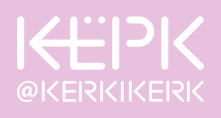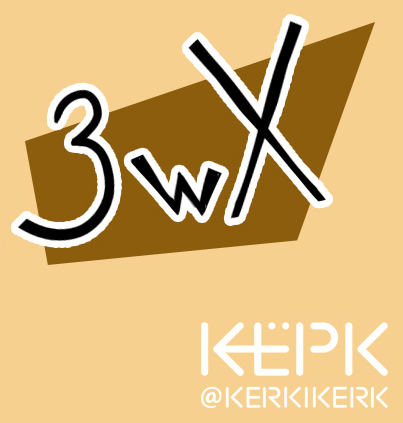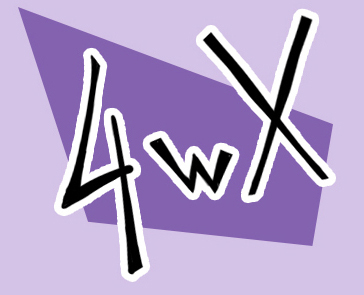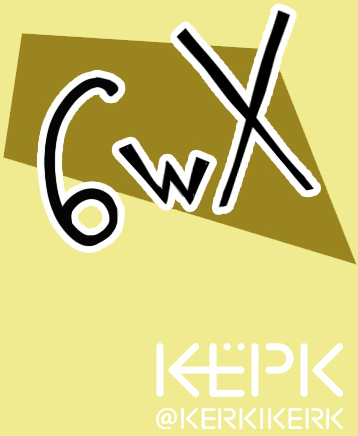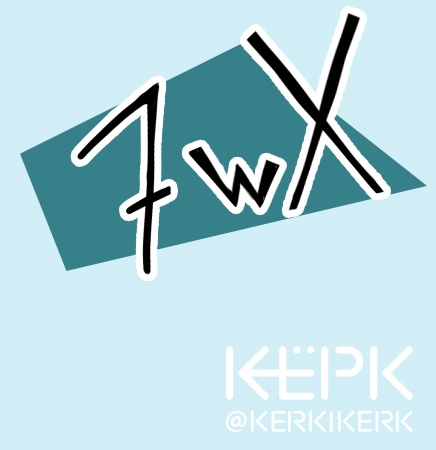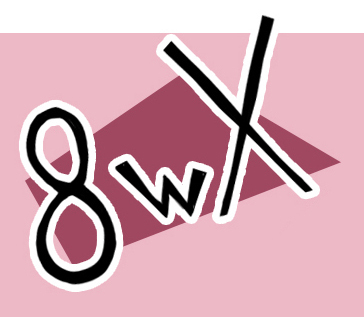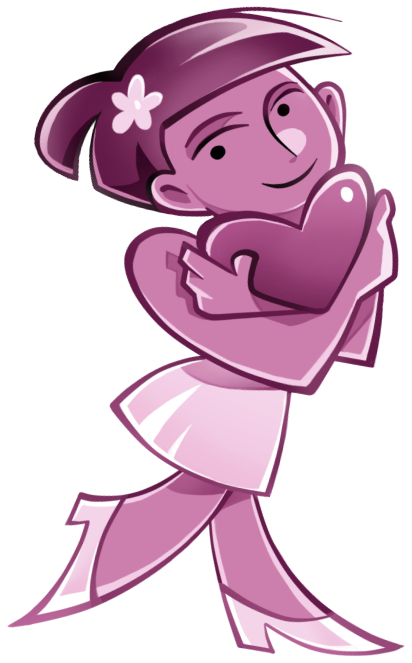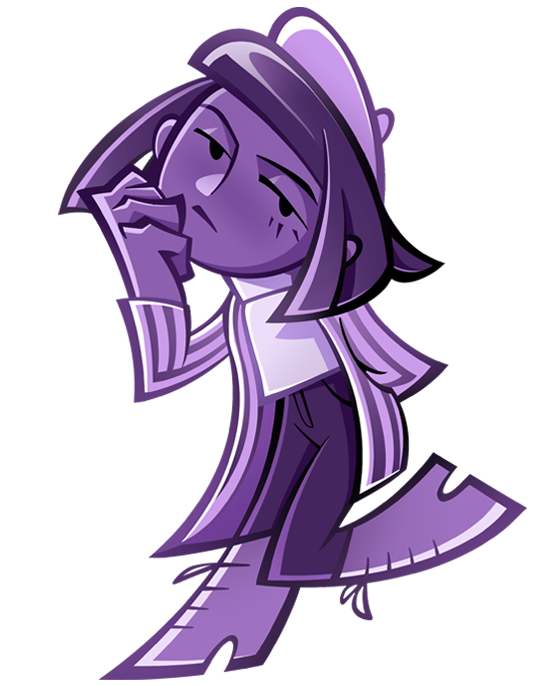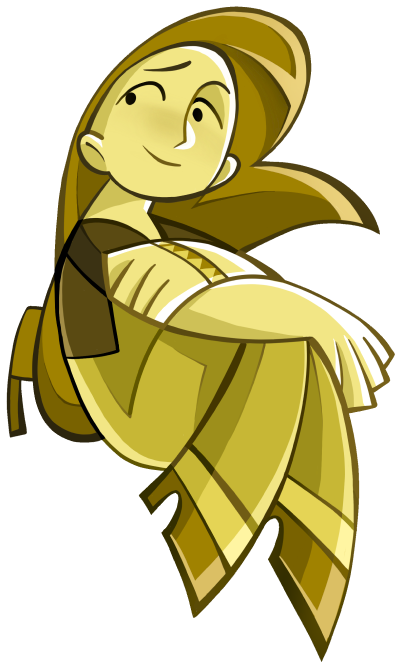Enneagram is a way to categorize
people’s personalities based on their core motivation. It is supposed that the core motivation affects most of a person's emotions, views and attitudes, resulting
in everyone being one of the
9 Enneagram Types.
people’s personalities based on their core motivation. It is supposed that the core motivation affects most of a person's emotions, views and attitudes, resulting
in everyone being one of the
9 Enneagram Types.
Эннеаграмма —
это концепция типов
личности и их взаимоотношений
между собой.
это концепция типов
личности и их взаимоотношений
между собой.
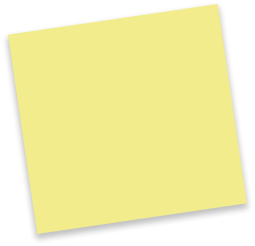
How does the enneagram work?
Эннеаграмма
описывает девять
«глубинных мотиваций».
Влияние
внутренних мотивов
на мировоззрение,
мыслительные
и эмоциональные
процессы, даже на
поведенческие
паттерны и формирует
9 типов людей.
описывает девять
«глубинных мотиваций».
Влияние
внутренних мотивов
на мировоззрение,
мыслительные
и эмоциональные
процессы, даже на
поведенческие
паттерны и формирует
9 типов людей.
В эннеаграмме выделяются 9 различных способов восприятия мира и вариантов ответов на основные вопросы жизни:
Почему я делаю то,
что делаю и кто я?

Triads
The Enneagram concept suggests three ways of interacting with the world:
Feelings
Thinking
Behavior
Enneagram theory highlights 9 different ways of perceiving
the world and a set of different answers to the basic questions
of life: Why do I do this and not that, and who am I?
the world and a set of different answers to the basic questions
of life: Why do I do this and not that, and who am I?
A Triad is defined by a person’s typical ways of dealing with information and solving problems. There are 3 ways
and 3 Triads respectively.
Types 2, 3, and 4 belong to the Heart Triad, where strong impulsive emotions are in charge of one's behavior.
Types 5, 6 and 7 make up the Head Triad, where people tend to intellectulize everything before acting or getting emotional.
The Gut Triad is characterized by type’s main motive that is - striving
for action. It's types
8, 9, and 1 .
and 3 Triads respectively.
Types 2, 3, and 4 belong to the Heart Triad, where strong impulsive emotions are in charge of one's behavior.
Types 5, 6 and 7 make up the Head Triad, where people tend to intellectulize everything before acting or getting emotional.
The Gut Triad is characterized by type’s main motive that is - striving
for action. It's types
8, 9, and 1 .
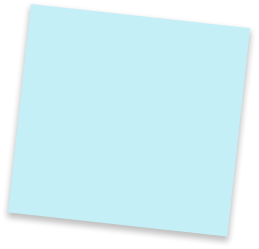
Wings impact behavior, but not the core motives of a person. The core type is responsible for your main motives, while the wing provides you with a more accurate description
and thus helps to understand
yourself on a deeper level.
and thus helps to understand
yourself on a deeper level.
Numbers located on both sides of any type on the Enneagram circle, represent this type's Wings. The Wing can affect a person's behavior significantly and shape their subtype based on their core type.
For example, Type 4 with the Wing 3
(4w3 for short) would be more sociable
and outgoing than Type 4 with the Wing 5 (4w5),
who would be more introverted and isolated.
For example, Type 4 with the Wing 3
(4w3 for short) would be more sociable
and outgoing than Type 4 with the Wing 5 (4w5),
who would be more introverted and isolated.
Wings
Они обозначены числами, находящимися по бокам
от вашего типа, расположенного на окружности эннеаграммы. Крыло может существенно влиять на поведение личности и формировать подтип на основании базового типа.
от вашего типа, расположенного на окружности эннеаграммы. Крыло может существенно влиять на поведение личности и формировать подтип на основании базового типа.
Например,
тип 4 с крылом 3
(4w3, где w - от wing, с англ. крыло) будет более общителен и открыт, чем тип 4 с крылом 5 (4w5), более интровертного
и обособленного типа.
тип 4 с крылом 3
(4w3, где w - от wing, с англ. крыло) будет более общителен и открыт, чем тип 4 с крылом 5 (4w5), более интровертного
и обособленного типа.
Крылья влияют на поведение, но не на глубинный мотив личности. За основные мотивы личности отвечает ядро типа, крыло же помогает вам глубже понять себя
и более точно описать.
и более точно описать.
Крылья


You shift into this type when feeling (significantly) uncomfortable. For example,
a distressed Type 6 begins to behave more like a (normal) Type 3. This person can transform from loyal and cooperative to aggressive, workaholic and achievement-oriented. Stress does not necessarily bring out the worst traits of a person's personality; but rather these qualities are necessary for a certain period of time to ensure self-care.
a distressed Type 6 begins to behave more like a (normal) Type 3. This person can transform from loyal and cooperative to aggressive, workaholic and achievement-oriented. Stress does not necessarily bring out the worst traits of a person's personality; but rather these qualities are necessary for a certain period of time to ensure self-care.
stress
You shift into this type when you feel safe and secure. For example, feeling calm, Type 6 begins to behave a lot like Type 9, seeking harmony and tranquility. This change is referred to as "a move to comfort". It is the most favorable state for any personality type.
comfort

In terms of the Enneagram, "stress" and "comfort" refer to specific ways of the core type behaviour shifting into alternative behavioral patterns.
Your type never changes, nor do the core motives, but in certain circumstances and environments, your behavior can change in a way that you may come off as one of the two other Types located on the opposite side of Enneagram Circle (indicated by direct and reverse arrows).
For example, in the state of Comfort, Type 6 exhibits traits of Type 9, as shown by the direct arrow ➜ from the number 6 to 9. In the state of Stress, Type 6 adopts some traits of Type 3. This is indicated by the reverse ends of the arrows ➜ extending from the number 6 to the number 3.
Your type never changes, nor do the core motives, but in certain circumstances and environments, your behavior can change in a way that you may come off as one of the two other Types located on the opposite side of Enneagram Circle (indicated by direct and reverse arrows).
For example, in the state of Comfort, Type 6 exhibits traits of Type 9, as shown by the direct arrow ➜ from the number 6 to 9. In the state of Stress, Type 6 adopts some traits of Type 3. This is indicated by the reverse ends of the arrows ➜ extending from the number 6 to the number 3.
Stress and Comfort
type → comfort | type ← stress
Aggressive position — types 3, 7, 8. They enjoy taking on the role of a leader, giving orders and prioritizing their own ambitions and plans. They are independent and inclined towards confrontation. Future-oriented.
Dependent position — types 1, 2, 6. They guide themselves by others' expectations, display loyalty and dependence. They accommodate others and are present-oriented.
Withdrawal position — types 4, 5, 9. They react slowly, tend to be shy or introverted.
It may seem like they distance themselves from others. Past-oriented.
It describes our attitude towards ourselves. In terms of the Enneagram, position shows our typical attitude towards ourselves and others, the way our type reacts to different experiences.
Position is the default behavioral pattern and describes your core type.
Position






